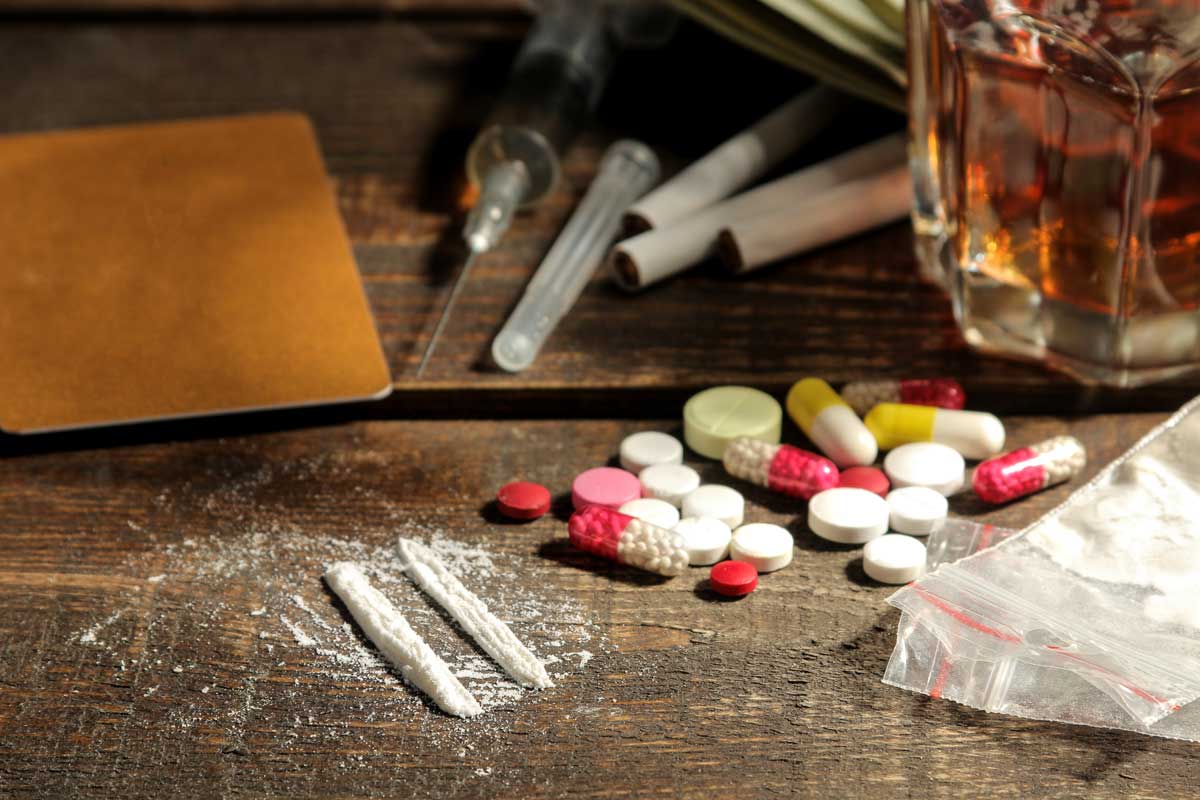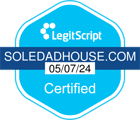Are you or a loved one grappling with opioid use? It’s vital to understand how addictive opioids can be and recognize when usage is crossing the line into dangerous territory. This blog post will explore the addictive nature of opioids, the risks associated with their use, and practical steps to combat addiction. Stay informed to safeguard your well-being and inspire action towards recovery.
Understanding Opioids and Their Addictive Potential
Opioids are a class of drugs naturally found in the opium poppy plant. Some prescriptions, like oxycodone and hydrocodone, as well as the illegal drug heroin, fall into this category. These substances are incredibly effective at relieving pain but also highly addictive. Opioid addiction can develop quickly, with misuse potentially leading to overdose deaths.
Recognizing the Signs of Opioid Addiction
How do you know if opioid use has become problematic? Key signs include increased tolerance (needing more of the drug for the same effect), withdrawal symptoms when not using, and continued use despite negative consequences. Recognizing these signs early can be crucial in seeking timely help.
Additional symptoms of opioid addiction may include changes in sleep patterns, such as insomnia or excessive sleeping, and fluctuations in eating habits, which can lead to significant weight loss or gain. People may also show a lack of interest in activities they once enjoyed or begin to neglect responsibilities at work, home, or school due to their drug use.
Physical signs can be evident too, including slurred speech, impaired coordination, and slower reaction times. Behavioral changes are also common; this may manifest as secrecy, lying, or increased aggression or irritability. Social withdrawal is another critical sign, especially if the individual starts to isolate themselves to hide their drug use.
Moreover, legal issues might arise, such as arrests for possession of illegal opioids or for behaviors related to drug use. Financial problems are also a common sign, as individuals may spend significant sums of money to obtain opioids, often resorting to borrowing or stealing.
Being aware of these signs can help identify whether someone may be developing an opioid addiction. Early intervention is key to effective treatment and can significantly improve the chances of recovery. If these symptoms are present, it’s important to approach the situation with compassion and encourage professional assessment and treatment.
How Much Is Too Much?
Determining when opioid use is ‘too much’ varies by individual, but there are clear red flags. These include using opioids more often than prescribed, experiencing cravings, or engaging in risky behaviors to obtain the drug. Additional indicators that opioid use has become problematic include using the medication in ways other than prescribed—such as crushing pills to snort or inject them—this method of use increases the risk of overdose and addiction.
Financial difficulties might also arise as a result of spending substantial amounts of money on obtaining opioids, leading to financial instability. Social isolation is another significant warning sign; individuals may withdraw from family and friends and skip important social obligations to use or recover from the effects of opioids.
Moreover, if there are noticeable changes in mood or behavior, such as increased irritability, anxiety, or depression, it could also signal an addiction. These psychological changes are often accompanied by physical symptoms such as weight loss, changes in sleep patterns, or neglect of personal hygiene.
If you or someone you know is showing these signs, it’s time to consider professional help. Addressing opioid addiction early can prevent the development of more severe health issues and provide a pathway to a more stable, healthy life.
Treatment Options at Soledad House
At Soledad House, we specialize in comprehensive treatment plans tailored for women, including Intensive Outpatient Programs (IOP), Partial Hospitalization Programs (PHP), and Structured Living facilities. Our compassionate team is dedicated to supporting each step towards recovery.
Our Intensive Outpatient Programs offer a flexible yet structured approach, allowing clients to maintain their daily responsibilities while receiving treatment. This program is ideal for those transitioning from residential treatment or for those who need a higher level of care than standard outpatient services. IOPs typically include group therapy, individual counseling, and support for substance abuse disorders, emphasizing relapse prevention and coping strategies.
The Partial Hospitalization Program provides a more immersive treatment experience, suitable for clients who require intensive therapy but do not need 24-hour care. PHP serves as a good middle ground between inpatient treatment and IOP, involving several hours of therapy per day, several days a week. This model focuses on both the psychological and physical aspects of addiction, incorporating medical monitoring, daily group therapy, and individual counseling sessions.
For those in need of a supportive living environment, our Structured Living facilities offer a stable and controlled setting that reinforces the skills learned in therapy. Residents live in a community-like setting while participating in ongoing treatment programs. This environment helps to cultivate healthy habits, fosters recovery-focused relationships, and provides a routine that supports sobriety.
Additionally, all our programs integrate holistic therapies such as yoga, meditation, and art therapy to support overall well-being and mental health. These activities are designed to help reduce stress, manage symptoms of anxiety and depression, and provide a creative outlet that can be vital in the recovery process.
At Soledad House, we understand that each woman’s journey to recovery is unique. Our programs are designed to meet women where they are in their recovery process. We provide the tools and support necessary to achieve long-term sobriety and to empower our clients to rebuild their lives in a way that is meaningful and fulfilling.
Take the First Step Today
If you’re worried about your opioid use or that of a loved one, don’t wait. Contact Soledad House today to explore how our specialized care can pave the path to recovery. Remember, acknowledging the problem is the first step towards reclaiming your life.
FAQs
What makes opioids so addictive?
Opioids trigger the release of endorphins, your brain’s ‘feel-good’ neurotransmitters. This endorphin rush can make opioid use highly addictive, leading users to consume more to achieve the same euphoric effect.
How can I tell if someone is addicted to opioids?
Signs of addiction include increased tolerance, withdrawal symptoms, and using opioids longer or in larger amounts than intended. Social withdrawal and neglect of daily responsibilities are also common indicators.
What are the risks of opioid addiction?
Opioid addiction increases the risk of overdose, which can be fatal. Long-term use also affects physical and mental health, leading to issues like depression and heart problems.
Can opioid addiction be treated?
Yes, opioid addiction is treatable with a combination of medication-assisted treatment (MAT), counseling, and support groups. At Soledad House, we provide these services tailored specifically for women.
How does Soledad House support recovery from opioid addiction?
Soledad House offers a supportive community with programs like IOP, PHP, and Structured Living designed to help women recover from opioid addiction. Our approach focuses on healing the whole person, not just the addiction.





